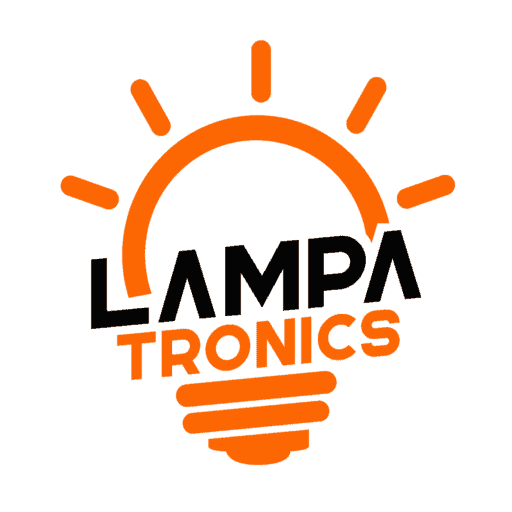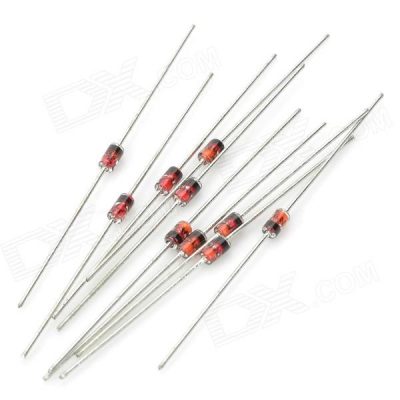CD4060 (16-Stage Ripple Carry Binary Counters )
Description
The CD4060 is a widely used 16-stage binary ripple counter and oscillator IC that includes an on-chip oscillator circuit, making it a versatile component for generating time delays, frequencies, or clock pulses in a wide range of applications.
CD4060 Description:
The CD4060 is a high-performance CMOS IC that provides a 16-stage binary ripple counter and is designed to operate as both a frequency divider and an oscillator. This IC can be configured to generate accurate timing signals, making it useful in applications such as pulse generation, oscillators, tone generation, and even clock circuits.
Key Features:
- 16-Stage Binary Ripple Counter: The CD4060 can divide input frequency by any value between 1 and 65536, providing a wide range of time delays or frequency generation.
- Internal Oscillator: The IC includes an internal oscillator circuit, so it doesn’t require an external clock signal to function, making it convenient for applications that need to generate a clock signal.
- Wide Operating Voltage Range: The IC operates over a wide voltage range of 3V to 15V, making it adaptable to different logic levels and power supplies.
- Low Power Consumption: Like other CMOS devices, the CD4060 consumes very low power when idle.
- High Noise Immunity: Being a CMOS device, it is highly immune to noise, which improves the stability and reliability of the circuits using this IC.
Pin Configuration:
The CD4060 typically comes in a 14-pin package. Here’s the pinout:
- Pin 1 (Q1): First stage output
- Pin 2 (Q2): Second stage output
- Pin 3 (Q3): Third stage output
- Pin 4 (Q4): Fourth stage output
- Pin 5 (Q5): Fifth stage output
- Pin 6 (Q6): Sixth stage output
- Pin 7 (Ground): Ground
- Pin 8 (Q7): Seventh stage output
- Pin 9 (Q8): Eighth stage output
- Pin 10 (Q9): Ninth stage output
- Pin 11 (Q10): Tenth stage output
- Pin 12 (Q11): Eleventh stage output
- Pin 13 (Q12): Twelfth stage output
- Pin 14 (Vcc): Supply voltage
Note: The stages (Q1, Q2, Q3, etc.) are connected in a ripple counter configuration, with each stage providing a divided frequency.
How it Works:
- Oscillator Mode: When used in the oscillator mode, the CD4060 requires external components (typically resistors and capacitors) to set the frequency of oscillation. The IC generates a clock signal at one of its output pins.
- Counter Mode: The CD4060 operates as a binary counter that divides the input frequency by a value determined by the number of clock pulses fed into it. Each output pin (Q1, Q2, Q3, etc.) represents a divided frequency of the input signal.
Applications:
- Frequency Division: The CD4060 is often used in digital frequency dividers where the input signal frequency needs to be reduced in steps.
- Oscillators: The IC is commonly used in low-frequency oscillators, generating clock pulses or timing signals for digital systems.
- Tone Generators: Due to its ability to generate precise frequency output, the CD4060 can be used in tone generator circuits.
- Pulse Width Modulation: In PWM circuits, the CD4060 can be used to create a modulated signal by adjusting the oscillator frequency.
- Clock Generation: It can also be used to create clocks for digital systems, such as microcontrollers or digital logic circuits.
Electrical Characteristics:
- Voltage Supply: Operates typically between 3V and 15V.
- Current Consumption: The IC consumes very little current in typical use cases, making it power-efficient.
- Oscillator Frequency: The frequency is set by external components, typically a resistor and capacitor. The exact frequency depends on the RC network values chosen.
Typical Application Circuit:
- Clock Generator: You can set up an RC network (resistor and capacitor) connected to the IC to set a specific oscillating frequency for use in various clocking applications.
- Frequency Divider: Use the CD4060 to reduce the frequency of an incoming clock signal for use in other parts of a circuit, such as a lower-frequency clock for digital circuits.
Example of Frequency Calculation (Oscillator Mode):
In the oscillator mode, the frequency of oscillation (f) is determined by the resistor and capacitor connected to the IC. The typical formula for the frequency is:
f=1R⋅Cf = \frac{1}{R \cdot C}
Where:
- R is the resistance (in ohms)
- C is the capacitance (in farads)
This calculation will vary based on the specific values of R and C used in your circuit.
Only logged in customers who have purchased this product may leave a review.
- Image
- SKU
- Rating
- Price
- Stock
- Availability
- Add to cart
- Description
- Content
- Weight
- Dimensions
- Additional information






Reviews
There are no reviews yet.